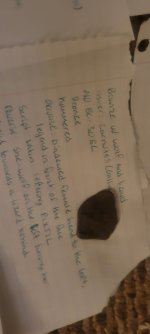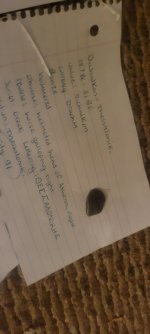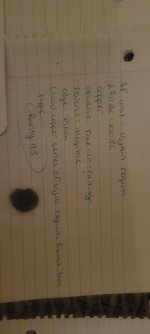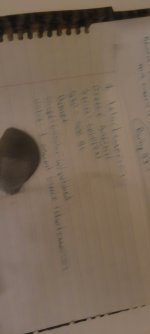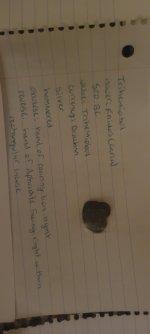spanish hill hunter
Jr. Member
The old Gore homestead and mountain were up for sale..It was listed for 600k plus for several months with no takers..I know the place well as i grew up in that area...https://www.realtor.com/realestateandhomes-detail/4872-Sheshequin-Rd_Ulster_PA_18850_M42689-59335



